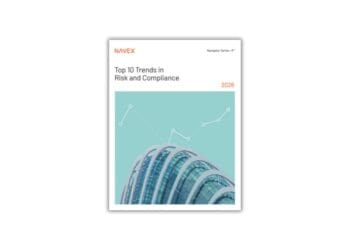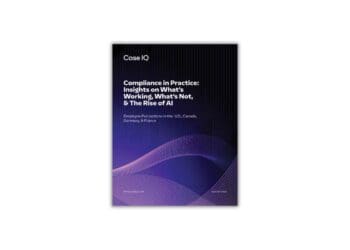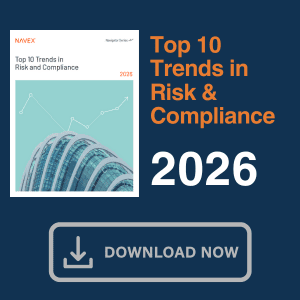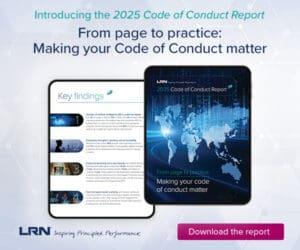As regulatory scrutiny intensifies, organizations have leaned into control mechanisms as risk insurance, creating the perception of ethics and compliance officers as “policy police.” But this approach has unintended consequences: employees interpret endless controls as signals that leadership expects failure rather than responsibility. Compliance Conversations columnists Anna Romberg and Julia Haglind explore a counterintuitive premise — that letting go of tight control can strengthen programs.
As ethics and compliance (E&C) officers, our role is to translate regulatory requirements into the daily reality of our organizations. At its core, this means putting risk-based processes in place so employees not only know the rules but can apply them in their work. Over the past few years, the focus on monitoring and control has grown significantly. With advancing technology, we are expected to embed controls into business processes, capture early warning signs and act as the “second line.” Unsurprisingly, this has led to the infamous perception of E&C officers as the “policy police.”
This perception is not entirely accidental. As more industries face scrutiny from regulators, social interest groups and the media, organizations have understandably leaned into control mechanisms as a form of risk insurance. Yet, the unintended consequence is that compliance can start to feel like a system built on suspicion rather than trust. Employees may interpret policies and rules as a signal that leadership expects failure, rather than an opportunity to demonstrate responsibility. This misalignment can create frustration and disengagement, precisely the opposite of what an effective E&C program aims for.
Why letting go matters
Here, we explore a counterintuitive idea: Letting go of control actually can strengthen your E&C program. Of course, regulators expect continuous monitoring, automated controls and proof that policies are applied in practice. No one would argue that a program without controls could be considered effective.
But here’s the problem: Checklists and endless approval flows rarely inspire ethical behavior. They may produce compliance on paper, but do they nurture accountability, pride and sound judgment? Employees should act not out of fear of making mistakes but out of a genuine commitment to doing the right thing. That shift, from compliance by coercion to compliance by conviction, is where real transformation happens.
Research in organizational psychology consistently shows that intrinsic motivation, the inner drive to act because it aligns with one’s values, outperforms extrinsic motivation like fear of punishment. In practice, this means an employee is more likely to raise a red flag about a supplier or decline a questionable gift if they personally understand why it matters, rather than because they fear being caught violating a rule. In this context, letting go of tight control is about creating an environment where employees choose to do the right thing even when no one is watching, not about lowering standards.
Strict control and micromanagement rarely produce great business results. The same is true for building a responsible culture. Before we can let go, however, we must establish the right foundations.
The Beauty of Bureaucracy: Good Governance Clarified
Systems thinking, human-centered design and cultural alignment transform bureaucracy into business advantage
Read moreDetailsCreating the right preconditions
The E&C officer’s challenge is to balance two imperatives: embedding effective controls while empowering employees to make responsible decisions. This requires:
- Risk assessments with precision: Moving beyond high-level categories to understanding how compliance risks actually manifest in your specific business.
- Smart governance, not bureaucracy: Using tools (including AI) to integrate compliance into workflows in a way that is efficient and seamless.
- Cross-functional collaboration: Working with business process owners and IT to ensure compliance is built into operations rather than bolted on.
In practice, this means resisting the temptation to copy-paste generic compliance and risk management frameworks and instead tailoring them to the company’s real-world operations. For example, a pharmaceutical company will face compliance challenges around clinical trials, marketing practices and patient safety, issues that look very different from those of a fintech startup navigating data privacy and anti-money laundering obligations. Precision in risk assessment helps direct resources to where they matter most, instead of spreading efforts thin across areas with little relevance.
Equally important is the distinction between governance and bureaucracy. Smart governance builds processes that are intuitive and proportionate, enabling employees to make the right choice without endless formalities. Bureaucracy multiplies steps and signatures until employees start seeking workarounds. This is why the intuitive and proportional aspect is so crucial: Compliance that feels natural is far more sustainable than compliance that feels imposed.
Finally, collaboration ensures E&C is not seen as an outsider imposing rules but as a partner enabling success. This shift from siloed oversight to integrated partnership not only makes programs more effective but also enhances trust across the organization.
When done right, this backbone allows organizations to adapt as regulations and business contexts evolve, while employees experience empowerment instead of micromanagement. They are inspired and enabled, not afraid and controlled.
A roadmap metaphor
Think of your E&C program as a highway system for decision-making in your organization. Yes, you need signs, speed limits and signals. But you also need drivers who can navigate when it’s raining, dark or when the lights are out.
If your program is built on checklists and controls, you will keep on adding on to these: one for rain, one for fog, one for potholes and so on. In contrast, a responsible driver will not need prescriptive and infinite rules. They understand their accountability for the journey and adjust accordingly.
This metaphor illustrates a deeper truth: Overregulation may prevent minor infractions, but it can paralyze judgment when unforeseen challenges arise. Imagine a driver trained only to follow exact instructions. What happens when they encounter a situation not covered in the manual? Similarly, employees over-conditioned to follow checklists may freeze, or worse, make poor choices when faced with novel ethical dilemmas. Conversely, those trained to combine rules with responsibility are able to adapt, applying principles rather than waiting for prescriptive direction.
Building that kind of culture, where employees know both the rules of the road and how to apply judgment when things get messy, is far more powerful than a system overloaded with controls.
Conclusion
Letting go of control does not mean letting go of compliance. It means building trust, enabling accountability and integrating smart governance into business operations. By doing so, E&C officers can move from being the “policy police” to being true partners in building resilient, responsible and ultimately more successful organizations.
The endgame is not a world without rules but a workplace where rules and trust coexist harmoniously. E&C leaders who embrace this balance will find that compliance becomes less of a box-ticking exercise and more of a shared organizational value. This cultural shift is not only good for ethics but also for performance, reputation and long-term sustainability. In an era where stakeholders demand both transparency and agility, organizations that manage to cultivate this trust-based model will be best positioned to succeed.

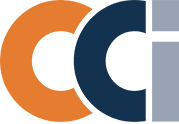



 Compliance doesn't have to be a solo journey. Join
Compliance doesn't have to be a solo journey. Join 